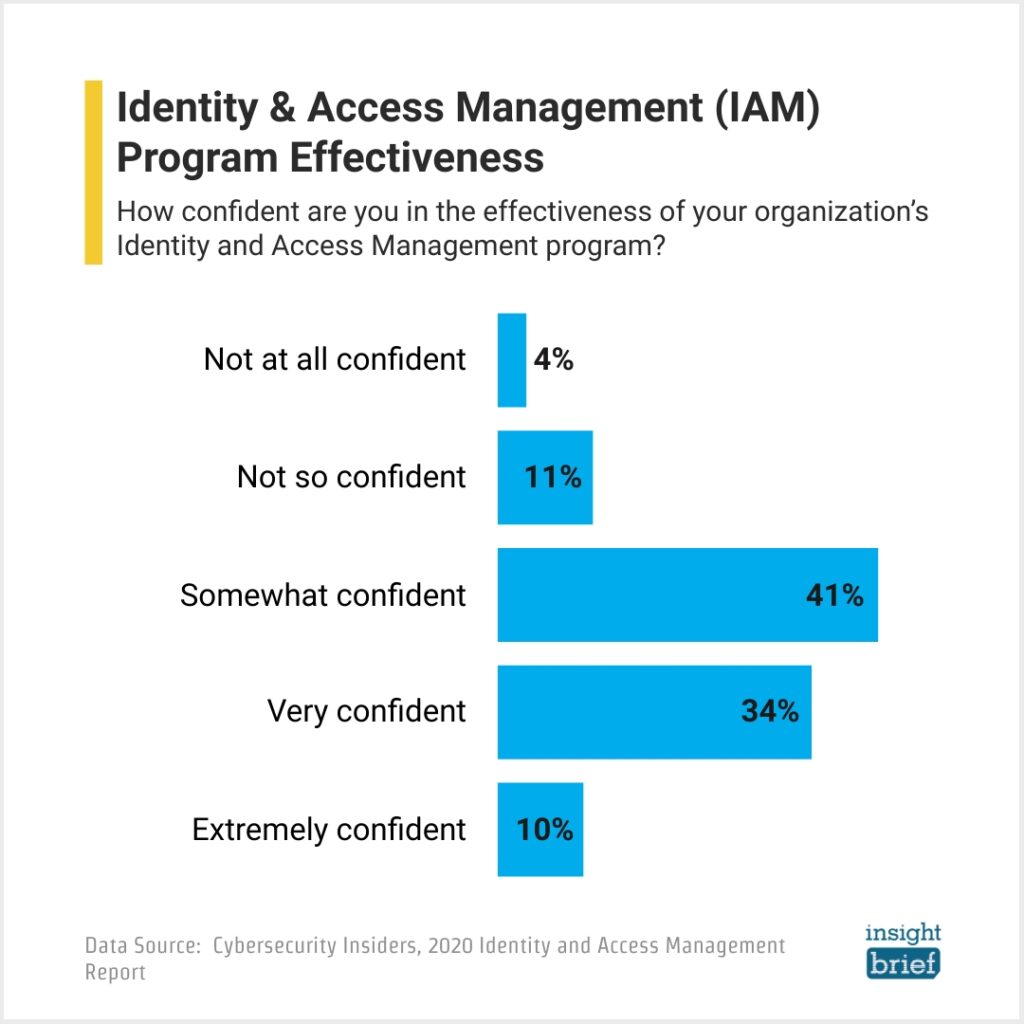
researchHQ’s Key Takeaways:
- Unexpected costs risk nullifying the potential benefits, such as increased efficiency and agility, offered by the cloud migration.
- Migrating to the cloud affects business processes beyond just IT teams, investing in cloud education programs helps ensure that all employees utilize the cloud effectively.
- A robust cloud governance strategy prevents the proliferation of ‘shadow IT’ and mitigates various security and reliability problems.
Cloud migration can offer your organization new levels of agility and efficiency. However, without careful planning and management, it can lead to some unexpected costs.
Conversations regarding the finances of cloud migration have changed. A few years ago we were talking about IT cost-centric business cases. However, now we see more and more customers wanting to have business value-driven discussions – where ROI is not solely defined by the costs of the underlying IT infrastructure, but rather what that infrastructure enables the business to achieve.
The efficiency and agility that can be gained from the scalable, on-demand cloud platforms underpin the business value of cloud migration.
It is no longer a case of ‘whether to invest in cloud or not’, it’s more ‘how much should we invest in our cloud?’.
Despite the impact of COVID-19 dominating the business landscape, enterprise appetite for investing in public cloud has continued to grow.
According to Forrester research, the global cloud infrastructure market will grow by 25% to $120 billion in 2021 as businesses turn to technology in their pandemic recovery.
Gartner also predicts that worldwide, cloud-dedicated IT spending will increase by 18% – $304.9 bn up from $257.5 bn last year.
It’s clear that enterprises do not have a problem spending money on public cloud.
It is difficult to put a final figure on cloud migration cost. However, while many organizations focus their energy on understanding the complicated world of cloud economics, there are several hidden, unexpected costs of cloud migration that many are unaware of.
Skills Gaps
To fully realize the value and scale of cloud, your IT organization needs cross-functional teams – likely embracing DevOps Practices – that are constantly upskilling on cloud native tools, architectures and performing new functions such as Cloud migration, machine learning and security.
This requires investment in cloud education programs, to upskill existing employees. It also means investing in recruitment and onboarding programs to attract and integrate new talent.
This investment should not stop at your IT organization. Operating effectively in the cloud requires new skills and understanding across your entire business.
Ripple effect
Cloud transformation won’t just impact your IT team; its effects will ripple out to other teams in other departments across your business. You need to recruit new talent and embrace more agile ways of working – your Human Resources team needs budget and strategy. Are your Finance, Procurement & Legal orgs aware and prepared for new financing and compliance models in the cloud?
Communication gap
A common blocker on enterprise cloud adoption initiatives is organizational friction. Cultural change comes as part of the parcel with cloud migrations. The shift from legacy IT approaches characterized by linear, waterfall processes, to more agile, enabling processes can be disruptive if not managed.
As such, cloud migrations need buy in across the leadership team providing clear communication on direction and robust governance that enables the organization to operate effectively.








